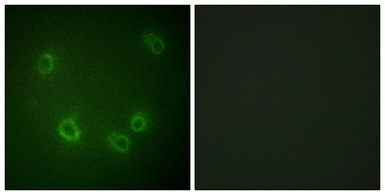ENaC Beta (phospho Thr615) antibody
Cat. No. GTX00671
Cat. No. GTX00671
-
HostRabbit
-
ClonalityPolyclonal
-
IsotypeIgG
-
ApplicationsWB ICC/IF IHC-P
-
ReactivityHuman, Mouse, Rat, Monkey



